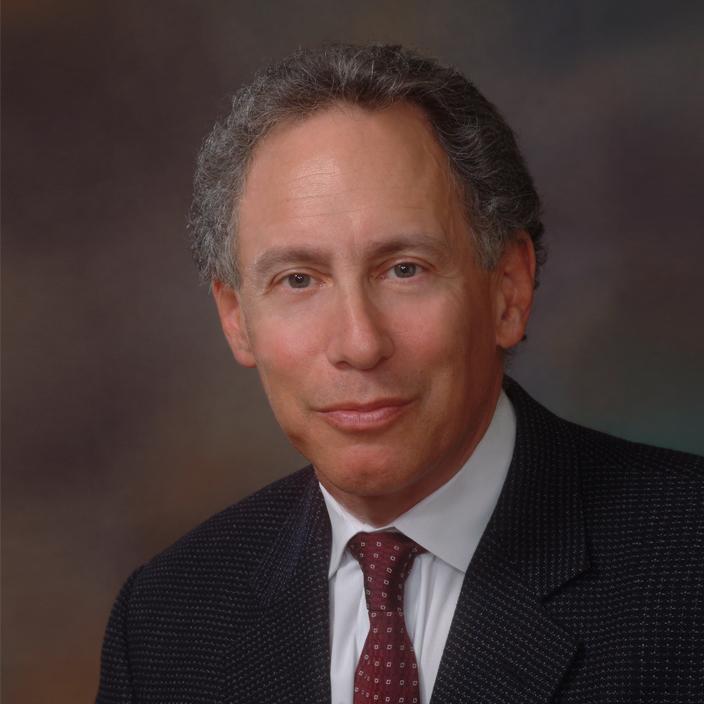
Ensuring the active molecules of a drug reach where they need to work inside the body at the proper time, dosage, and duration, is a complex dance and a tricky medical challenge. Many factors influence the process, including the size and structure of the molecules involved and the permeability of tissues through which they must pass, making it an issue of chemistry and engineering at a fundamental level. For his entire career, the multifaceted engineer, scientist, and innovator Robert Langer has been finding ways to do the seemingly impossible in drug delivery and tissue engineering, and their applications for new treatments.
Biomedical engineering is a discipline that combines biology, medicine, engineering, and invention to develop new methods to understand and treat disease. Langer is often recognized as the world's leading biomedical engineer, a credential supported by his more than 1,100 issued and pending patents and status as the most cited engineer in history.
Langer didn't start out planning to change the world of medicine. Born in Albany, New York, he earned a B.S. from Cornell University in 1970 and a doctorate from MIT in 1974, both in chemical engineering. Not wanting to work for an oil company as were many of his colleagues, Langer chose a postdoctoral fellowship at Boston Children's Hospital, working with Judah Folkman (2001 Benjamin Franklin Medal in Life Science) on finding a way to inhibit tumor angiogenesis, the formation of new blood vessels to feed tumors.
To stop tumors from creating new blood vessels that keep them alive and growing, Folkman needed a reliable way to deliver macromolecule-based drugs slowly and steadily over time, so that their biological activity and effects could be evaluated. After Langer helped to isolate such an angiogenesis inhibitor, he devised a way to deliver it in a time-released dosage by encapsulating it inside a hydrophobic polymer structure. The release of the drug could be controlled by the precise design and composition of the polymeric "cage."
It was a radical concept that faced a great degree of skepticism. The conventional wisdom among both biologists and chemists was that it was impossible to achieve controlled release of macromolecules such as peptides and proteins because such large molecules supposedly couldn't pass through a polymeric membrane. Langer proved the doubters wrong, persisting even as many colleagues initially refused to accept his results. Another new wrinkle that Langer introduced was the notion that it was possible to design polymers to order for specific medical uses, rather than settling for a limited range of "off-the-shelf" structures originally intended for other purposes.
Langer soon extended these early successes to other applications. One of his most notable achievements had a significant impact on chemotherapy for brain tumors, for which Langer developed a biodegradable polymer wafer that can be surgically implanted at the tumor location for controlled release of the anti-cancer drug Gliadel. It was approved by the FDA in 1996, at that time the first new brain cancer treatment approved in more than 20 years, and the first ever to deliver chemotherapy directly to a tumor. This concept of implantable local polymer based drug delivery was soon expanded to other therapeutic realms, not only for cancer but also in cardiovascular stents.
The drug delivery concepts invented by Langer led him into other therapeutic areas, particularly tissue engineering. Working with Jay Vacanti at Harvard, Langer developed synthetic polymer structures as scaffolding into which living cells could be implanted and then multiply into full tissues such as skin in vivo, with the polymer framework dissolving away as the replacement tissue took hold. The technique can be used in burn victims to create new skin, or in other patients to replace damaged muscle or other forms of tissue. Langer and Vacanti formed a company called Neomorphics based on their bioengineering innovations, only one of many biotechnology companies Langer has founded.
Langer's fame as a bioengineer and inventor is perhaps rivaled only by his status as an educator. At MIT, he heads the largest biomedical engineering lab in the world, and has trained hundreds of graduate students, many of whom have gone on to become prominent researchers in their own right. His numerous honors include membership in all three national science academies—the National Academy of Sciences, the National Academy of Engineering, and the National Academy of Medicine—the youngest individual ever to receive that distinction. Aside from various prestigious national and international medals, awards, and honorary degrees, his acclaim has penetrated even into the popular culture at large, with Time magazine calling him one of the "most important people in America," Discover magazine recognizing him as one of the most important researchers in biotechnology, and Parade magazine naming him as one of "6 People Whose Research May Save Your Life."
That particular accolade may sum up Robert Langer's entire motivation: to save lives and help people by inventing and developing new and creative ways to merge the disciplines of biology, chemistry, and engineering. His work has, in fact, saved lives around the world, and the countless students, researchers, and inventors he has mentored and inspired will continue to follow and expand the revolutionary pathways Langer has pioneered.
Information as of March 2016

